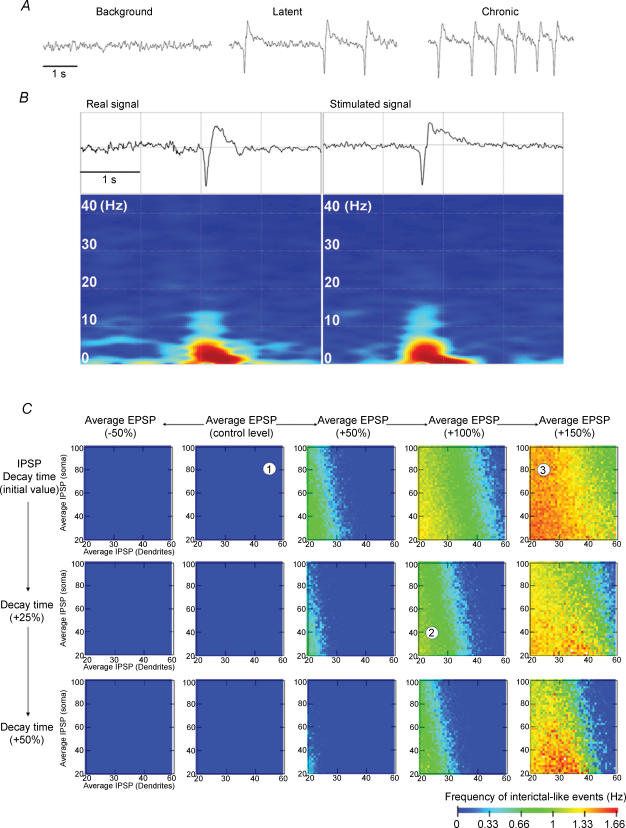Figure 5. Increasing the glutamatergic drive and decreasing the GABAergic drive may constitute sufficient conditions for the genesis of interictal-like activity.
A, examples of depth EEGs generated by the model in control, latent and chronic periods. Note the similarity in EEG patterns with the experimental results (cf. Fig. 1). B, frequency content of interictal-like events. Note the similarity between the recorded and simulated signals. C, the frequency of interictal-like events is presented as a colour map (dark blue, 0 Hz; red, 1.66 Hz). Average dendritic and somatic GABAergic drives are presented in each colour map on the abscissa and ordinate, respectively. The excitatory drive is increased from left to right and the decay time constant of IPSPs is increased from top to bottom. The numbers in the colour maps correspond to the activity presented in A, as follows: (1) background activity; (2) interictal-like activity during the latent period; and (3) interictal activity during the chronic period. Although a very large increase in the excitatory drive is sufficient by itself to produce interictal-like activity (top right map), the latter is readily induced when the GABAergic drive is decreased. Note that the occurrence of interictal-like activity is more sensitive to a decreased GABAergic drive in the dendrites versus the soma. An increase in the decay time constant of IPSPs acts as a limiting factor, decreasing the frequency of interictal-like events.

